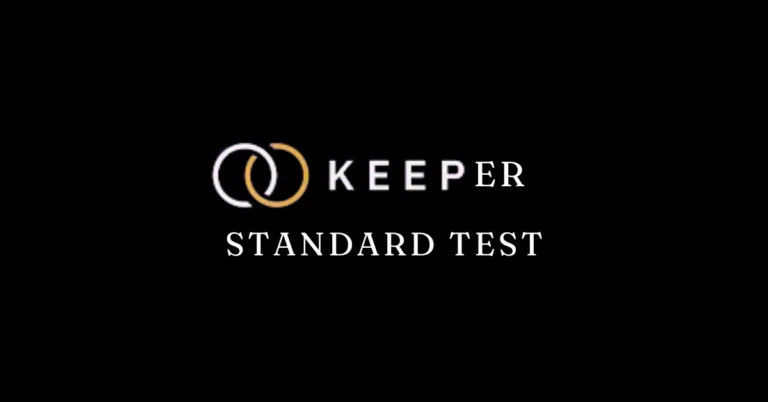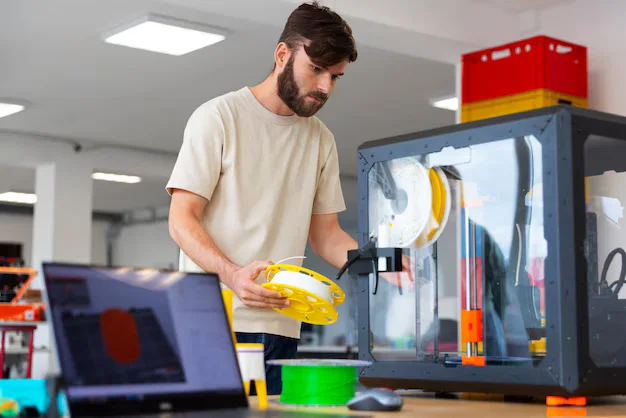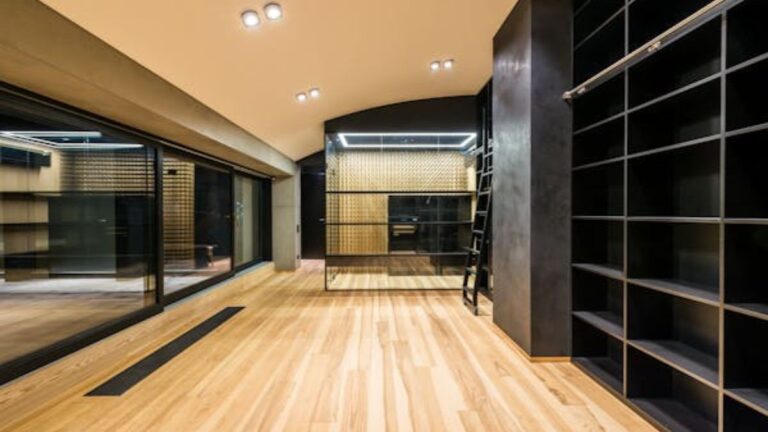Choosing the right laptop can significantly impact your productivity, entertainment, and overall user experience. With numerous models available, each boasting a variety of features, understanding the key laptop features is essential to making an informed decision. Whether you’re a student, a professional, a gamer, or someone who simply needs a reliable device, knowing what to look for ensures you select a machine tailored to your requirements. This comprehensive guide delves into all the crucial laptop features, including hardware, design, connectivity, and more, helping you navigate the complex landscape of modern laptops.
Essential Hardware Features of a Laptop
Processor (CPU)
The processor, often referred to as the CPU, is the brain of your laptop, determining how fast and efficiently it performs tasks. Major brands include Intel, AMD, and Apple with their M1 and M2 chips. The core count (dual, quad, hexa, octa cores) plays a vital role in multitasking and handling intensive applications. Similarly, clock speed (measured in GHz) indicates how quickly your CPU can process data.
For example, a high-performance processor like Intel Core i7 or AMD Ryzen 7 is ideal for professionals engaging in video editing, 3D rendering, or coding. Gamers benefit from powerful CPUs that complement high-end GPUs, while casual users may find less demanding processors sufficient for everyday tasks. To enhance performance and smooth multitasking, choosing a processor aligned with your Intel or AMD offerings
RAM (Memory)
Random Access Memory, or RAM, influences how many applications you can run simultaneously and how quickly your system responds. Typical options include 8GB, 16GB, and 32GB+ configurations. For basic use like browsing, document editing, and streaming, 8GB is generally enough, while gaming and professional software demand at least 16GB or more.
More RAM allows for better multitasking and smoother performance with demanding applications. For instance, video editing software like Adobe Premiere benefits from 16GB or higher. When selecting a laptop features configuration, consider how much memory your typical workload requires to future-proof your device.
Storage Options
Choosing the right storage is vital for how quickly your data is accessed and how much space you have. The main types are HDD (hard disk drive), SSD (solid-state drive), and NVMe SSD. HDDs offer higher capacities at lower costs but are slower, whereas SSDs provide faster data access, quick boot times, and better durability.
Modern laptops increasingly favor NVMe SSDs because of their superior speeds. Hybrid storage solutions, combining SSDs with HDDs, are also popular for balancing capacity and performance. As methods evolve, SSDs are becoming the standard for most users.
Display Features
The display significantly affects your visual experience. Critical factors include screen size and resolution. Options range from Full HD (1080p) to 4K and OLED displays. Larger screens (15.6″ to 17″) provide immersive viewing, while 13″ and 14″ sizes enhance portability.
Touchscreen models are helpful for creative work and convenience but may add weight and impact battery life. Refresh rates are crucial for gaming and animation—higher rates (120Hz or 144Hz) offer smoother gameplay. Color accuracy and brightness are important for video editing and professional design.
Graphics Card (GPU)
The GPU is responsible for rendering images, videos, and 3D visuals. For casual users, integrated GPUs like Intel Iris Xe or Apple’s integrated graphics are sufficient. Gamers and creative professionals often need dedicated GPUs from NVIDIA or AMD, such as NVIDIA GeForce RTX series or AMD Radeon series.
Powerful GPUs accelerate gaming, AI applications, 3D modeling, and video editing, making them a vital laptop feature for performance-intensive tasks. Check the GPU specifications if your work involves rendering or gaming at high settings.
Design and Build Quality
Material and Durability
Materials impact both durability and weight. Aluminum and magnesium alloys offer strength and a premium feel, while plastics are lighter and more affordable. Rugged models often use robust materials to withstand harsh environments, making them suitable for fieldwork or travel.
Portability
While powerful laptops tend to be heavier, portability depends on weight and battery life. Ultrabooks—lightweight and slim—are perfect for on-the-go users, but they may sacrifice some connectivity options or processing power. Conversely, gaming laptops or workstations tend to be bulkier but offer high performance.
Battery life varies based on power consumption. Look for models that balance performance with battery longevity, especially if you travel frequently without easy access to power outlets.
Keyboard and Trackpad
Comfortable, ergonomically designed keyboards with backlit features enhance typing in dim environments. Large, responsive trackpads with high sensitivity improve navigation. Some laptops include dedicated keys for shortcuts or volume control, improving overall user efficiency.
Connectivity and Ports
USB Ports
Modern laptop features favor diverse and versatile ports. USB-A remains common, but USB-C and Thunderbolt ports provide faster data transfer and support for external displays or peripherals. An ideal setup would include a mix of these ports depending on your needs.
Video Output Ports
External display connectivity is vital for multitasking and professional work. HDMI and DisplayPort are standard options, with Thunderbolt ports also enabling high-speed connections and daisy-chaining multiple devices.
Wireless Connectivity
Wi-Fi standards impact internet speeds and stability. Wi-Fi 6 and Wi-Fi 6E are the latest, offering faster data rates and lower latency. Bluetooth 5 and newer versions support seamless pairing with wireless peripherals.
For more detailed info about wireless standards, visit TechRadar’s Wi-Fi 6 guide.
Other Connectivity Features
Additional features include SD card readers for photographers, Ethernet ports for wired networks, and audio jacks for headphones. Depending on specific use cases, these add to the comprehensive laptop features users should consider.
Battery and Power Features
Battery Capacity
Measured in Wh (watt-hours), capacity affects overall usage time. Typical capacities range from 30Wh to over 80Wh in gaming or professional laptops. Expect balanced laptops to last 8-12 hours on a full charge under moderate use.
Fast Charging
This technology allows rapid battery replenishment, saving time during busy schedules. Many models support charging from 0 to 50% in around 30 minutes. Always verify compatibility with the included power adapter.
Power Management Technologies
Modern laptop features include software-assisted power management, which extends battery health and overall longevity. Features like adaptive brightness and optimized performance modes help conserve energy and maintain long-term battery health.
Software and Operating System
Pre-installed Software
Be cautious of bloatware, which can slow down your device. Opt for laptops with essential software or customizable setups. Some manufacturers offer minimal pre-loaded apps, enabling you to tailor your experience.
Operating Systems
The three dominant OS options are Windows, macOS, and Linux. Windows offers versatility and broad software compatibility, ideal for most users. macOS provides a seamless ecosystem for Apple users, known for stability and security. Linux appeals to developers and tech enthusiasts with customization options. Consider your needs and preferences when evaluating laptop features.
Additional Features and Considerations
Security Features
Enhance device protection with fingerprint readers or facial recognition technologies like Windows Hello and Face ID. Trusted Platform Module (TPM) chips add hardware-based security, crucial for sensitive work.
Audio and Webcam
Good audio quality is essential for video calls and multimedia. Look for models with stereo speakers and high-resolution webcams. Privacy shutters are valuable for security and privacy.
Special Features
- 2-in-1 convertible designs enable tablets and laptops with touchscreen support.
- Stylus support enhances creativity and note-taking.
- Thunderbolt compatibility expands peripheral options.
Summary Table of Key Laptop Features
| Feature | Options / Details | Ideal For |
|---|---|---|
| Processor (CPU) | Intel, AMD, Apple M1/M2; Core i3/i5/i7, Ryzen 5/7 | Professional work, gaming, multitasking |
| RAM | 8GB, 16GB, 32GB+ | Casual use, gaming, creative work |
| Storage | HDD, SSD, NVMe SSD; up to several TBs | Performance, storage capacity |
| Display | Full HD, 4K, OLED; Touchscreen options | Creative work, entertainment |
| Graphics Card (GPU) | Integrated or dedicated (NVIDIA/AMD) | Gaming, 3D rendering, AI applications |
| Weight | Lightweight (Ultrabooks), Rugged models | Portability |
| Battery Life | Varies by model; 8-20 hours | Travel, remote work |
| Connectivity | USB-C, HDMI, Wi-Fi 6, Bluetooth 5 | External displays, peripherals |
| Security | Fingerprint, face recognition, TPM | Data protection, enterprise use |
Practical Tips for Choosing the Right Laptop
- Assess your primary use cases: work, gaming, creative projects, casual browsing.
- Balance laptop features like processor power, RAM, and storage based on your tasks.
- Prioritize battery life if mobility is key.
- Check for compatibility with essential peripherals and accessories.
- Read reviews and consider warranty and support offerings.
Future Trends in Laptop Features
Emerging laptop features include foldable displays, integrated AI-driven assistants, and improved battery technologies. The rise of AI integration promises smarter performance and user experience. Additionally, advancements in material science will lead to lighter yet more durable devices, further enhancing portability and usability for all types of users.
Frequently Asked Questions (FAQs)
- What is the most important laptop feature for students? Battery life, portability, and a comfortable keyboard are critical for students who carry their device daily and need to study or work on the go.
- Which laptop features are essential for gaming? High-performance CPU, dedicated GPU, at least 16GB RAM, fast SSD, and a high-refresh-rate display (120Hz or higher).
- Should I prioritize screen size or portability? It depends on your use case. Larger screens suit creative work and media consumption, while lightweight models are better for travel and remote work.
- How much RAM do I need for professional video editing? A minimum of 16GB is recommended, with 32GB or more ideal for complex projects.
- What are the benefits of having multiple ports on a laptop? Flexibility to connect various peripherals, external displays, and accessories without needing adapters.
- Are SSDs better than HDDs? Yes, SSDs offer faster speed, better durability, and lower power consumption, making them the preferred choice for most users.
- How does a convertible 2-in-1 laptop differ? It features a foldable or detachable display, allowing use as a tablet or traditional laptop, ideal for stylus use and sketching.
- What security features should I look for? Fingerprint scanners, facial recognition, TPM chips, and secure BIOS are key security options.
Investing in a laptop with the right laptop features tailored to your needs can transform your digital experience, boosting productivity, entertainment, and creativity. Keep in mind your primary usage, desired performance levels, and portability to make a wise choice. Stay updated on the latest innovations to enjoy the most advanced laptop features available today and into the future.



















